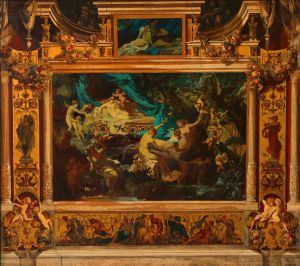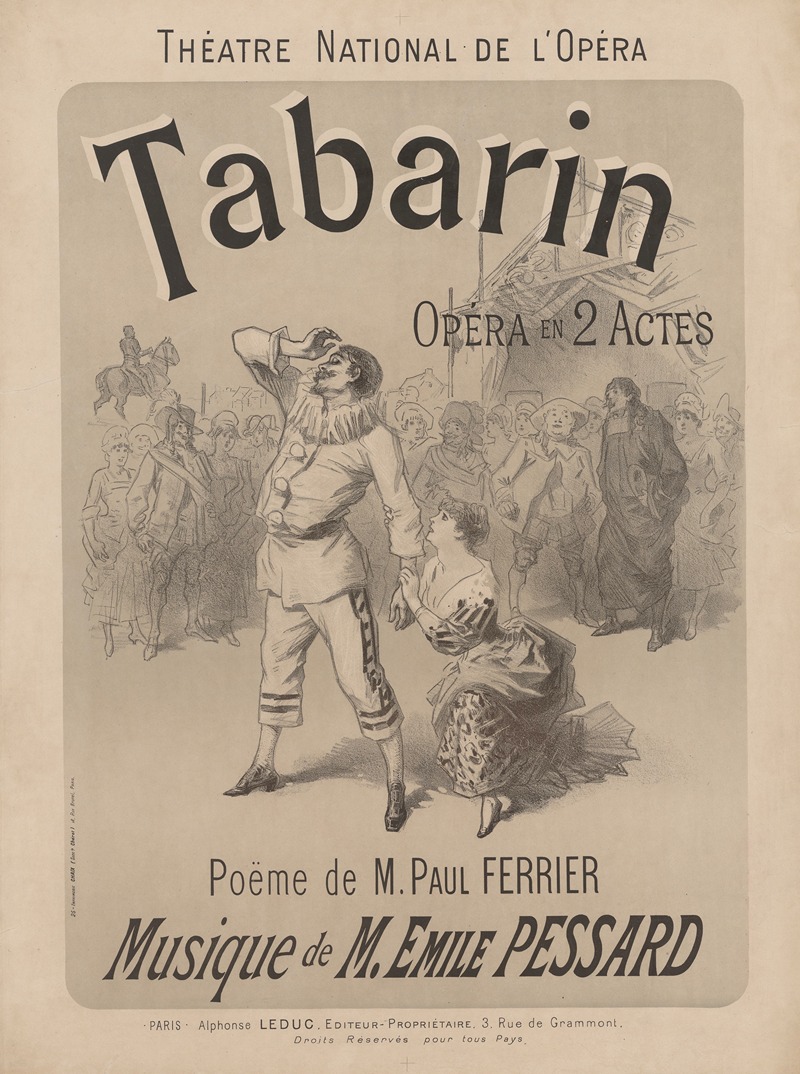
Théâtre national de l’Opéra. Tabarin, opéra en 2 actes. Musique de M. Emile Pessard. Paris
A hand-painted replica of Jules Chéret’s masterpiece Théâtre national de l’Opéra. Tabarin, opéra en 2 actes. Musique de M. Emile Pessard. Paris, meticulously crafted by professional artists to capture the true essence of the original. Each piece is created with museum-quality canvas and rare mineral pigments, carefully painted by experienced artists with delicate brushstrokes and rich, layered colors to perfectly recreate the texture of the original artwork. Unlike machine-printed reproductions, this hand-painted version brings the painting to life, infused with the artist’s emotions and skill in every stroke. Whether for personal collection or home decoration, it instantly elevates the artistic atmosphere of any space.
Jules Chéret, a renowned French painter and lithographer, created the artwork for "Théâtre national de l’Opéra. Tabarin, opéra en 2 actes. Musique de M. Emile Pessard. Paris." Chéret, often referred to as the "father of the modern poster," was instrumental in transforming the art of poster design in the late 19th century. His work is characterized by vibrant colors, dynamic compositions, and a sense of movement, which helped to elevate the status of posters from mere advertisements to a respected art form.
The artwork in question was designed to promote the opera "Tabarin," composed by Émile Pessard. Pessard was a French composer known for his operas, operettas, and songs. His work was popular in the late 19th and early 20th centuries, and he was a respected figure in the Parisian music scene. "Tabarin" is an opera in two acts, and while specific details about the plot of "Tabarin" are not widely documented, it is likely that the opera drew on themes common in the operatic works of the time, such as romance, comedy, and drama.
Chéret's poster for "Tabarin" would have been designed to capture the attention of passersby and entice them to attend the performance at the Théâtre national de l’Opéra in Paris. The Théâtre national de l’Opéra, also known as the Paris Opera, is one of the most prestigious opera houses in the world, with a rich history of hosting performances by some of the greatest composers and performers.
Chéret's style often included the use of bold, flowing lines and a lively color palette, which helped to convey the energy and excitement of the performances being advertised. His posters frequently featured elegant and graceful figures, often depicted in motion, which added a sense of dynamism and allure. This approach was revolutionary at the time and set a new standard for commercial art.
The collaboration between Chéret and Pessard for the promotion of "Tabarin" is an example of the synergy between visual art and music during this period. Chéret's ability to capture the essence of a performance in a single image was a key factor in the success of many theatrical productions, as his posters not only advertised the events but also contributed to the cultural landscape of Paris.
Overall, Jules Chéret's contribution to the world of art and advertising is significant, and his work for "Tabarin" is a testament to his skill and creativity. His posters remain highly regarded and are considered valuable pieces of art, reflecting the vibrant cultural life of Paris during the Belle Époque.





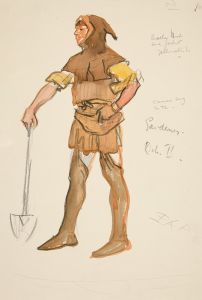
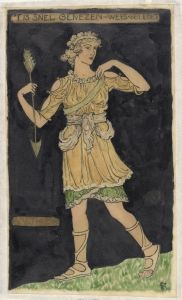
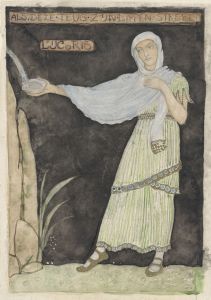
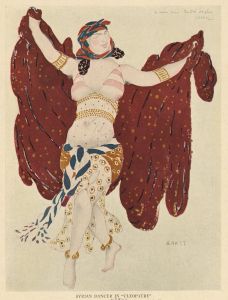
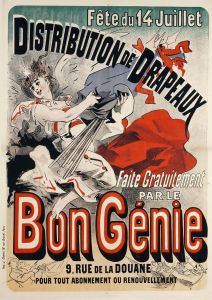
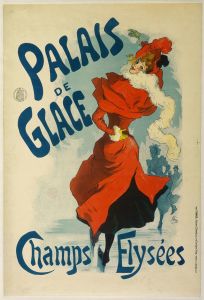

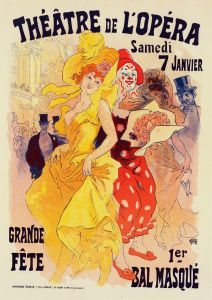
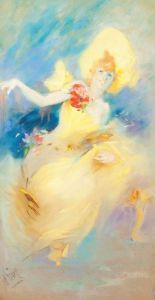
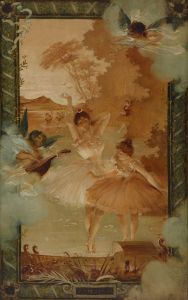
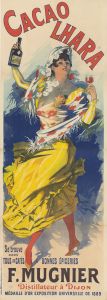
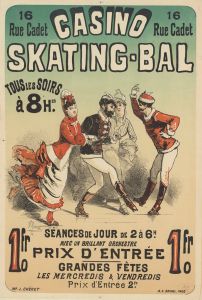
![Design proposals for Puck Theater, New York, NY.] [Interior perspective study.](/imgs/249413/s/winold-reiss-design-proposals-for-puck-theater-new-york-ny-interior-perspective-study-f0303b2a.jpg)
